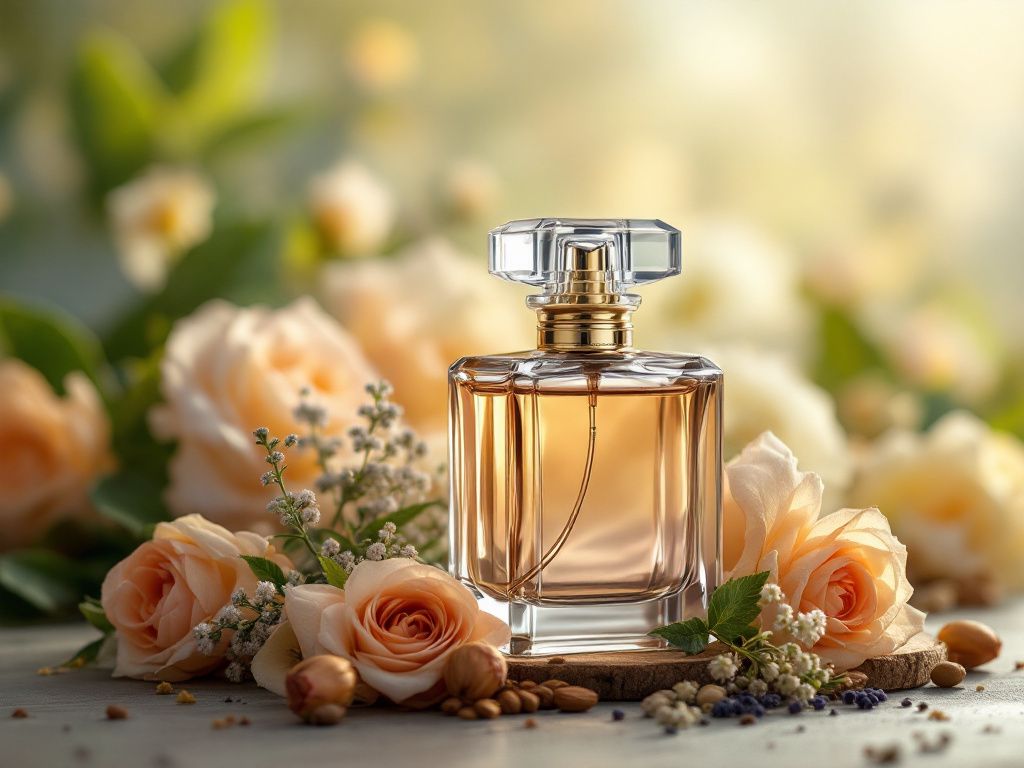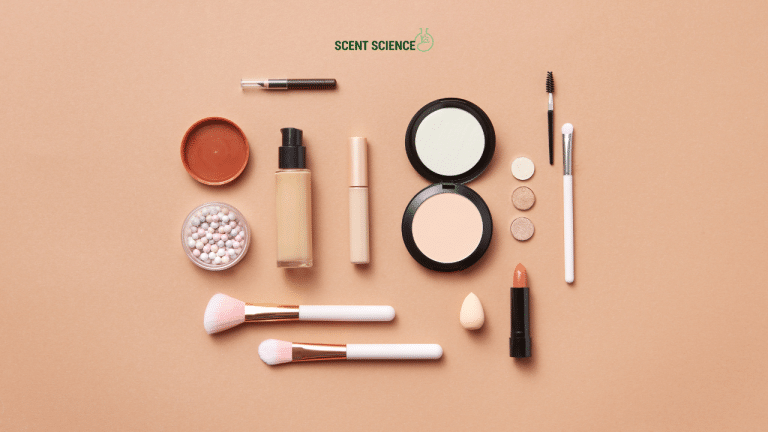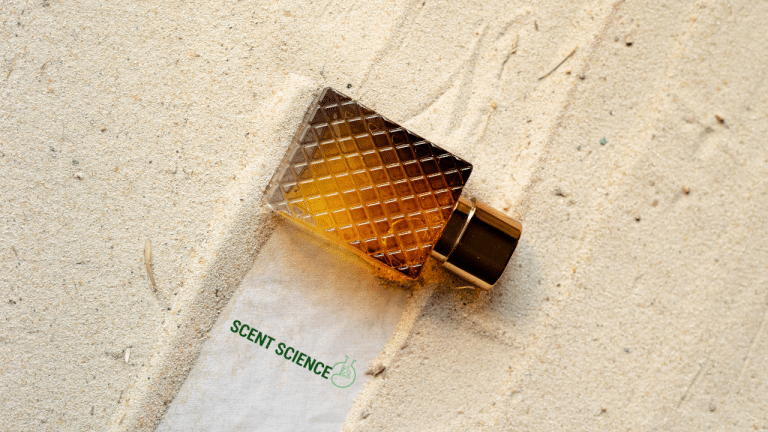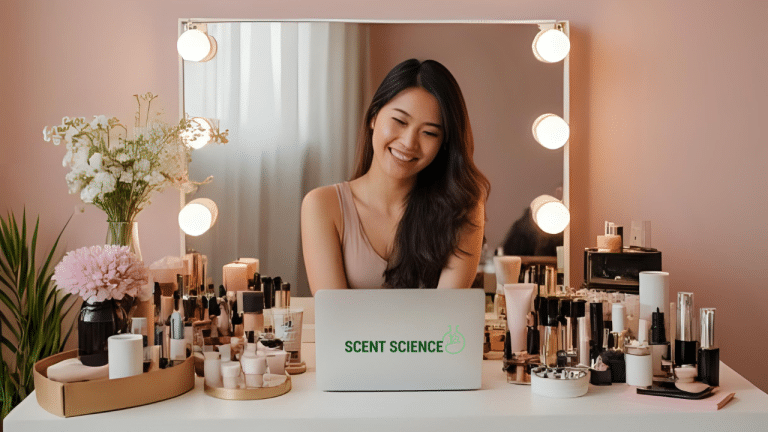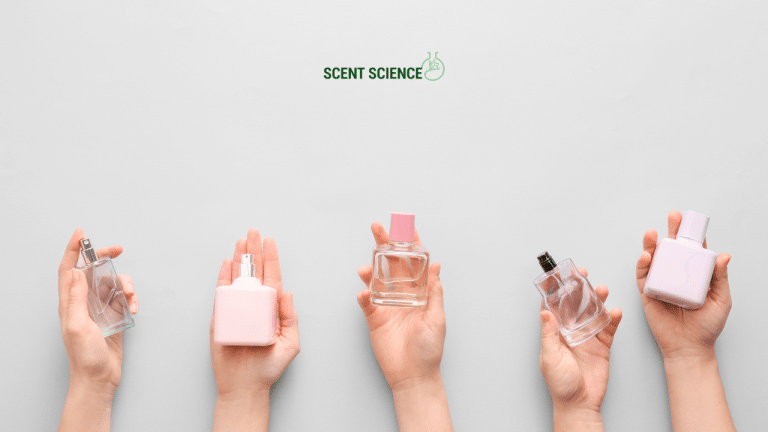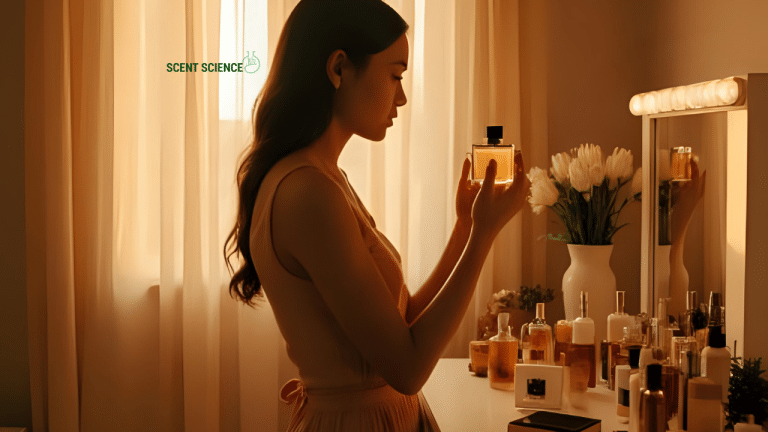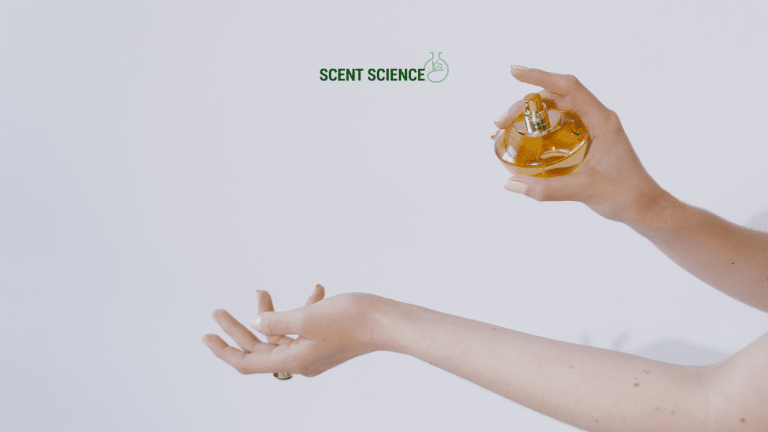Imagine you’re spritzing on your favorite perfume early in the morning. By lunchtime, though, it’s like your fragrance has magically vanished into thin air. Ever wondered why some scents last longer while others seem to disappear faster than a text from your ex? That longevity—or lack thereof—has everything to do with fragrance fixatives. Understanding the science behind these fixatives isn’t just fascinating; it’s a game-changer for perfume lovers and makers alike.
Table of Contents
ToggleWhy Fragrance Fixatives Matter
So, what’s the big deal with fragrance fixatives? Let me break this down. Imagine your perfume as a concert. The top notes—the scents you smell first—are like the opening act. They’re light, catchy, but they fade quickly. The middle notes, or heart notes, are the main act, lasting a bit longer. And finally, the base notes are your rock-solid headliner, the aromas that endure.
Now, the star performers need a stage that keeps everything together. That’s where fragrance fixatives come in. They’re like the backbone, helping sustain and stabilize the scent, ensuring your perfume formula remains as captivating from dawn to dusk.
The Chemistry of Fragrance Fixatives
Here’s where the science kicks in, but don’t worry, we’re keeping it chill and easy to digest. At their core, fragrance fixatives work by slowing the evaporation rate of volatile compounds, the small particles that make up the scent. These heavier molecules anchor the lighter ones, securing the entire scent inside the bottle and, most importantly, on your skin.
Types of fragrance fixatives vary widely, from natural substances like resins and oils to synthetic creations engineered for consistency and potency. Each offers distinct benefits, from enhancing scent characteristics to ensuring stability over time.
Types of Fragrance Fixatives
- Natural Fixatives: Think of resins like benzoin or labdanum. These natural substances are sticky in texture and have a grounding, earthy smell that blends seamlessly into most perfume formulas. Popular oils like sandalwood and cedarwood also act as natural anchors, adding nuance to fragrances with woody or spicy undertones.
- Synthetic Fixatives: These are lab-created treasures crafted to amplify specific qualities of a scent. They offer consistent results and are often more reliable than their natural counterparts. Some common synthetic fixatives include isoeugenol and galaxolide.
Both natural and synthetic fixatives certainly have their merits, and each is preferred by different noses in the field. Blending these options can result in a more dynamic and robust perfume.

How to Choose the Right Fixative for Your Perfume Formula
The right fixative choice in a perfume formula depends on several factors:
- Type of Scent: A delicate floral fragrance might need a gentle touch with natural fixatives, while a bold, spicy scent can handle robust synthetics.
- Intended Use: A perfume meant for evening wear might require a more intense fixative to ensure the scent retains its allure through dinner and drinks.
- Skin Chemistry: Everyone’s skin is different. What holds on one person might disappear entirely on another. Understanding your or your client’s skin chemistry can significantly inform your choice.
It’s not about taking sides in the natural vs. synthetic debate. It’s about finding the harmony that locks your scent into place without overpowering the intended fragrance experience.
Creating Your Blend: A Step-by-Step Guide
Ready to craft your combined masterpiece? Dive in with a balanced approach:
- Identify Your Fragrance Profile: Before adding fixatives, clarify the scent you’re aiming for. Is it floral, woody, or maybe something entirely unique?
- Research Fixative Potency: Learn about the evaporative strength of both natural and synthetic fixatives. This affects how much you should use in your blend.
- Start Small, Scale Smart: Begin with small test batches. Use a dropper to add minute amounts of fixatives, and then, based on the results, gradually scale up.
- Document the Process: Keep track of your blending ratios, and document changes meticulously. This will help you tweak and improve your formula later on.
- 5. **Test Frequently: Apply the scent to skin and observe its progression over several hours, even throughout a whole week. You might find surprises in how it changes.
- 6. **Tweak as Necessary: No blend is perfect on the first try. Make incremental adjustments and continue testing until satisfaction is achieved.
When you think you’ve nailed your perfume formula, celebrate! Your fixative helped lock that incredible scent in, a process that marries science and artistry.

Common Mistakes (Yep, We All Make Them)
Creating perfumes using fixatives might seem straightforward, but some stumbling blocks can trip even pros up:
- Overuse: Too much fixative can lead to a prolonged heavy scent that overwhelms the senses, clashing with the intended profile.
- Ignoring Skin Chemistry: Perfumes react differently based on who’s wearing them. Always take this into account during testing phases.
- Inconsistent Experimentation: Change one variable at a time. If you alter too many factors, figuring out what caused the shift in scent becomes difficult.
It’s within these blunders that we learn the most, offering invaluable insights for crafting future captivating blends.
The Environmental Impact of Fragrance Fixatives
Let’s pause and have a chitchat about the environment. In every aspect of life these days, sustainability is key. Fragrance production isn’t exempt—far from it. Sustainable practices with fragrance fixatives are gaining ground.

- Sustainable Sourcing: Focus on sustainably sourced natural materials. This includes obeying regulations designed to prevent habitat loss and encourage biodiversity.
- Green Chemistry: Innovators are working tirelessly to develop synthetic fixatives that do not negatively affect our ecosystems, asserting the safety and stability of what you’re putting on your skin and into the air around us.
Thoughtful choices around these parts keep the development of fragrance in tune with the planet’s needs.
Key Takeaways on Fragrance Fixatives
- Role Clarification: Think of fixatives as the frame that keeps your odorous art intact.
- Selection Strategy: Match the fixative to the perfume personality you’re aiming for.
- Testing Importance: Never skip thorough testing to see how the fragrance wears over time.
- Conscious Crafting: Give the Earth some consideration with your choices.
By the end of your fixative education, you’ll come away not just with the knowledge to preserve and amplify scents, but with one eye open toward the interplay of chemistry, creativity, and conscience.
Conclusion
Venturing into fragrance crafting, especially with an understanding of fixatives, opens a world of creative potential and artistic expression. It allows us to interact with the sciences of chemistry, biology, and a touch of environmental stewardship—no lab coat needed.
So, next time you catch a whiff of a beautiful perfume, maybe take a moment. Think about the concert of chemistry and creativity playing beneath it, and pocket that knowledge for your scent journey. Fixatives, in reality, just might be your fragrance’s best kept secret. So, go ahead and let that scent linger long and lovely. You’ve got the know-how now—never underestimate the power of understanding what beautifully shapes your aromatic narratives.
Frequently Asked Questions
How often should I wash my face mask to prevent maskne?
To prevent maskne, it is crucial to wash your face mask regularly. For fabric masks, wash them after every use, similar to how you would wash your underwear[2][3][4]. Disposable masks should be tossed after each use to prevent the buildup of bacteria and other contaminants[3][5>.
What type of skincare products are best for preventing maskne?
For preventing maskne, use skincare products that are oil-free or noncomedogenic. These products, such as gentle cleansers, moisturizers, and sunscreens, help prevent clogged pores and reduce the risk of acne. Look for products containing salicylic acid or benzoyl peroxide for their acne-fighting properties[1][3][4>.
How can I reduce friction and irritation caused by wearing a face mask?
To reduce friction and irritation, choose a mask that fits well and is made from breathable fabrics like cotton or bamboo. Loosen the mask straps, use pads under the straps, or consider a headband-style mask to minimize friction. Taking brief breaks to remove the mask and allow your skin to breathe can also help[2][3][5>.
What are some additional tips to prevent maskne while wearing a face mask?
In addition to regular mask washing and using the right skincare products, avoid touching your face, skip makeup or use noncomedogenic makeup, and moisturize your skin to keep it hydrated. Also, limit the use of active ingredients like retinol or benzoyl peroxide during the day when wearing a mask, and consider using a topical antimicrobial cream to prevent bacterial buildup[1][3][4>.
References
